These seven unique parrot species, from the majestic Hyacinth Macaw to the charismatic Kakapo, steal the show with their distinct features, vibrant colors, and captivating behaviors, showcasing the incredible diversity of the avian world.
Parrots, renowned for their vibrant plumage and captivating personalities, stand as a remarkable and diverse group of birds. Join us as we delve into the world of eight unique parrot species, each stealing the show with their extraordinary characteristics and behaviors.
1. Hyacinth Macaw (Anodorhynchus hyacinthinus)
The Hyacinth Macaw, often dubbed the “Gentle Giant” of the parrot world, is an awe-inspiring bird native to the lush rainforests and savannas of South America. What makes this species truly stand out is its breathtaking cobalt-blue plumage, which shimmers under the sun, and its striking yellow eye rings that add a regal touch to its appearance.
Beyond its visual charm, Hyacinth Macaws are celebrated for their incredible strength and intelligence. They possess one of the most robust beaks among parrots, capable of cracking open even the toughest nuts. Their keen problem-solving abilities and adaptability in their habitat are a testament to their remarkable nature. These qualities make them a showstopper in the world of parrots and a species of critical importance for conservation efforts.
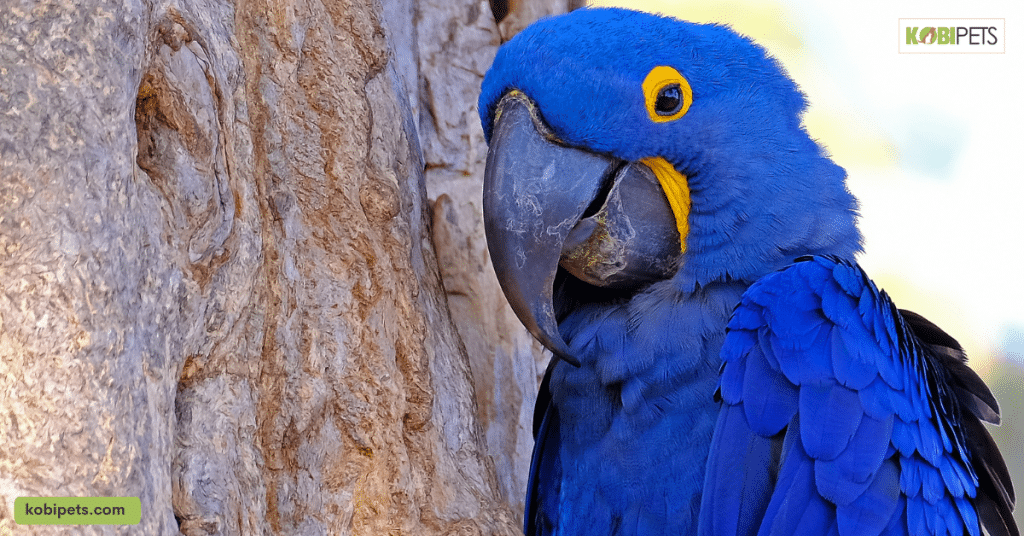
2. Kakapo (Strigops habroptilus)
The Kakapo, often referred to as the “Night Parrot,” is a living enigma from the remote islands of New Zealand. What sets these parrots apart is their unique evolutionary history. They are the world’s only flightless parrots, having adapted to a life on the forest floor. Their plump appearance and comical demeanor have endeared them to many, making them the subject of fascination.
Unfortunately, the Kakapo is critically endangered, with only a handful of individuals remaining. This rarity adds to their mystique and the urgency of conservation efforts to protect these nocturnal and herbivorous parrots.
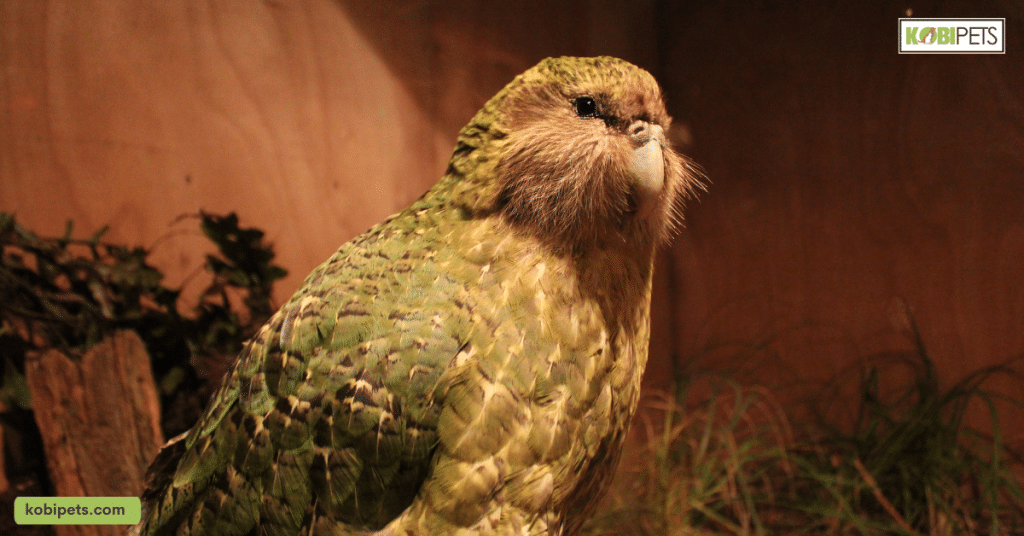
3. Eclectus Parrot (Eclectus roratus)
Hailing from the lush rainforests of Australia, New Guinea, and nearby islands, the Eclectus Parrot boasts a unique and captivating feature: sexual dimorphism. The males are resplendent in vibrant green plumage, while the females are adorned in striking hues of vivid red. This stark contrast in appearance between the sexes is exceptionally rare in the avian world, making the Eclectus Parrot a remarkable and sought-after species among bird enthusiasts.
Beyond their striking aesthetics, these parrots are known for their intelligence and engaging personalities. Their vibrant presence in their native habitat adds a burst of color to the rich tapestry of the rainforest, making the Eclectus Parrot an unforgettable and cherished member of the avian world.
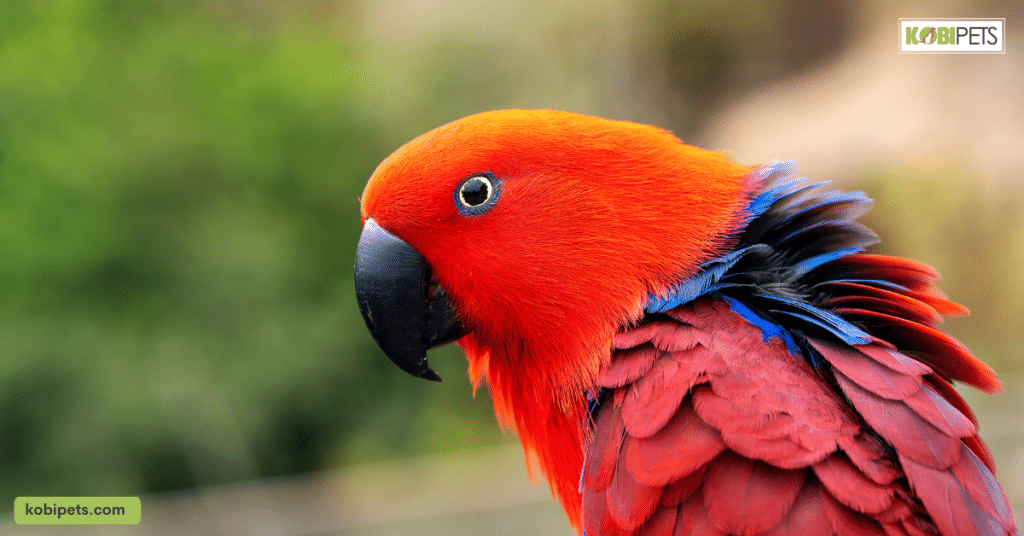
4. Kea (Nestor notabilis)
The Kea, known as the “Alpine Comedian,” is a parrot native to the stunning mountains of New Zealand. With an inquisitive nature and a penchant for playful antics, these birds are known for stealing the spotlight wherever they go. They are highly intelligent, capable of solving complex puzzles and even mimicking human sounds.
These parrots are a delightful reminder that intelligence and humor can coexist in the natural world. The Kea’s captivating personality and unique adaptations to their mountainous habitat have earned them a special place in the hearts of both locals and travelers, making them one of the most endearing parrot species on the planet.
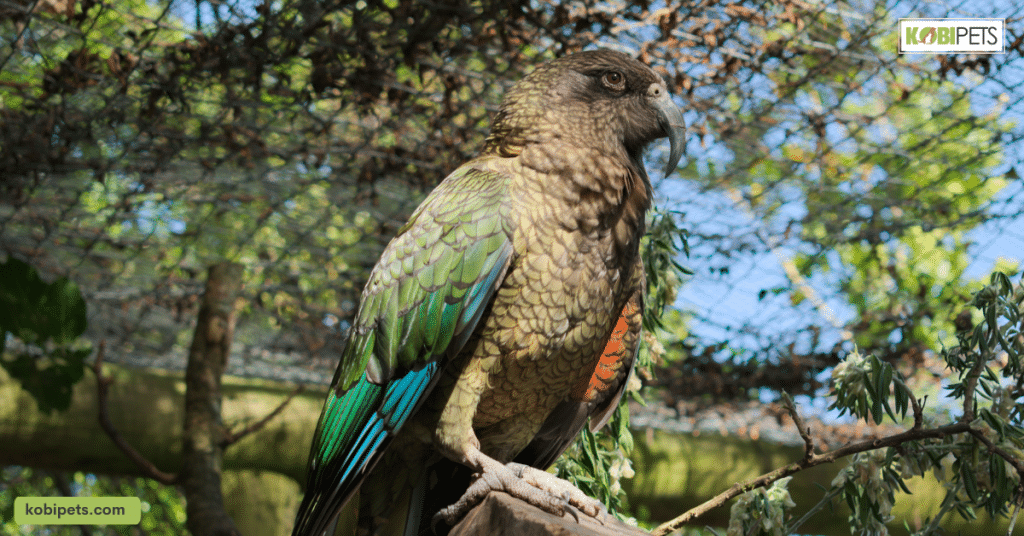
5. Sun Conure (Aratinga solstitialis)
Originating from South America, Sun Conures are like rays of sunshine in the avian world. Their vividly bright plumage, dominated by shades of yellow and orange, catches the eye and warms the heart.
Beyond their striking appearance, Sun Conures are beloved for their cheerful disposition, making them popular choices in the pet trade. They are known for their playful behavior and their ability to form deep bonds with their human companions, making them irresistible showstoppers in the world of parrots.
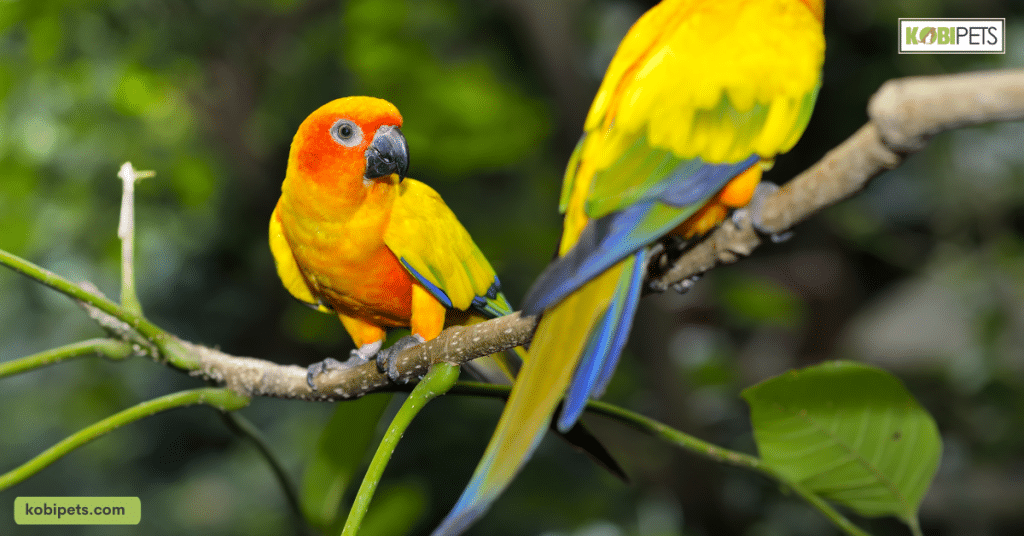
6. Palm Cockatoo (Probosciger aterrimus)
The Palm Cockatoo, found in the tropical rainforests of New Guinea, is known for its unique drumming abilities. These charismatic birds create rhythmic beats using sticks and hollow trees, a behavior seldom observed in the avian world.
Their striking appearance, featuring dark plumage and a strikingly large and powerful beak, adds to their mystique. The Palm Cockatoo is a true showstopper, both for its unusual drumming talent and its captivating presence in the wild.
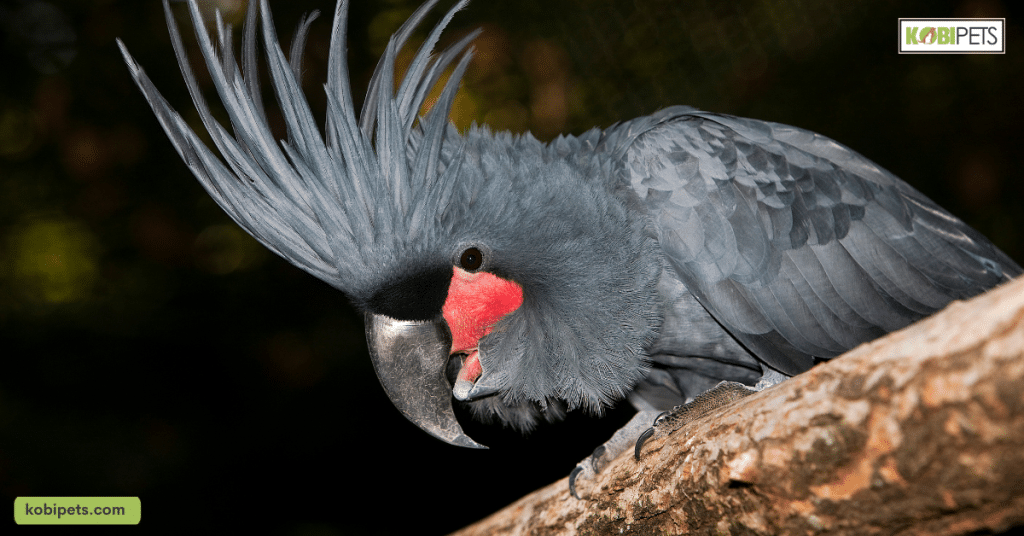
7. Yellow-Naped Amazon (Amazona auropalliata)
The Yellow-Naped Amazon is renowned for its exceptional talking ability and high intelligence. Native to Central America and parts of South America, these parrots can mimic a wide range of sounds, including human speech.
Their ability to engage in meaningful conversations with their human companions makes them highly sought-after as pets. These talkative intellectuals are not just showstoppers in the world of parrots but also cherished members of households worldwide.
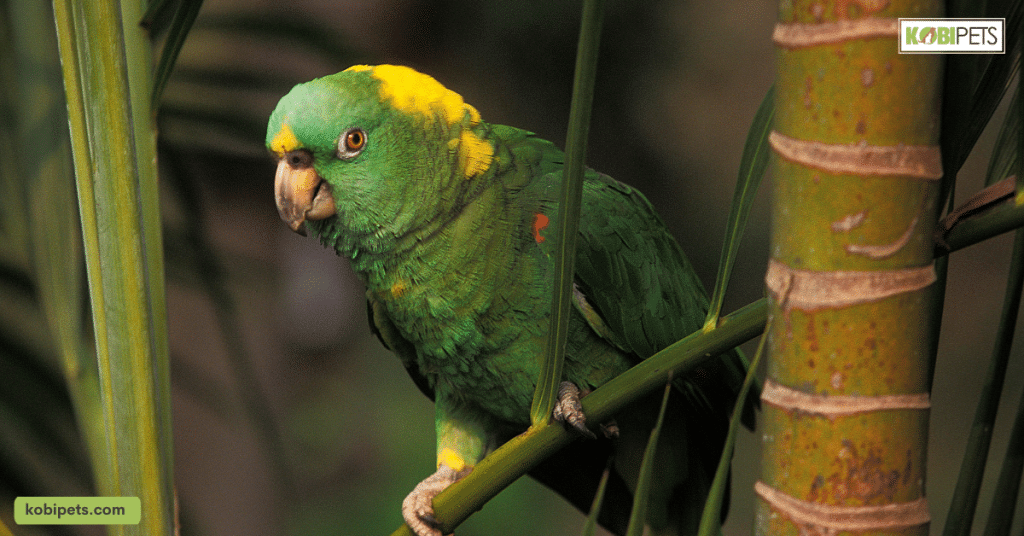
8. Quaker Parakeet (Myiopsitta monachus)
The Quaker Parakeet, also known as the Monk Parakeet, is a social dynamo native to the vast expanses of South America. What makes these birds truly fascinating is their communal nesting habits. They construct intricate nests high in trees, often forming bustling colonies where they exhibit remarkable cooperation among their members.
This cooperative behavior, coupled with their vibrant green plumage, makes the Quaker Parakeet a showstopper in both the ecological and ornithological arenas.
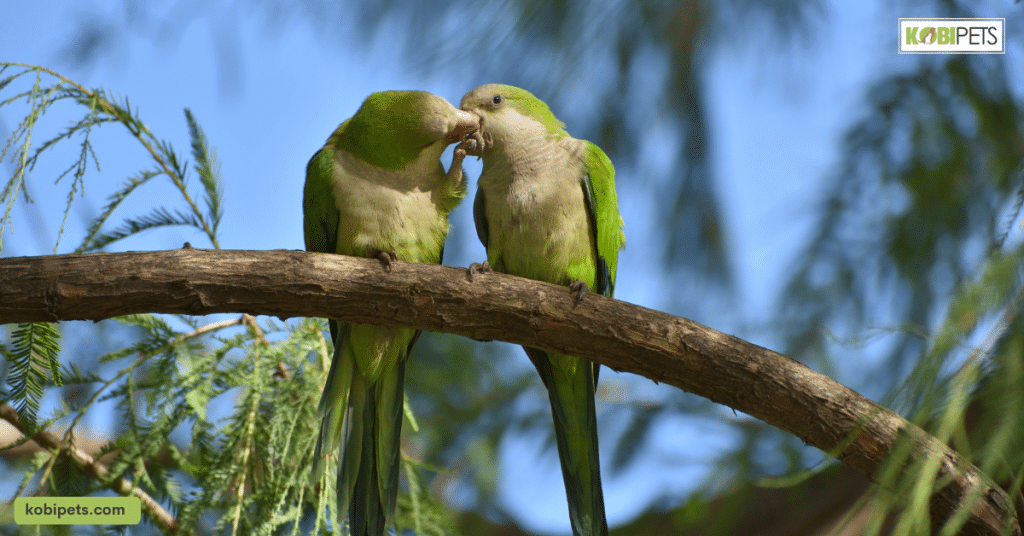
In conclusion
The world of parrots is a captivating and diverse one, filled with a kaleidoscope of colors, unique behaviors, and remarkable adaptations. The eight parrot species we’ve explored in this journey have truly stolen the show, each in its own distinct way.
From the regal Hyacinth Macaw to the playful Kea, the musical Palm Cockatoo to the talkative Yellow-Naped Amazon, and the social Quaker Parakeet to the vibrant Sun Conure, these birds have left an indelible mark on the avian world.






